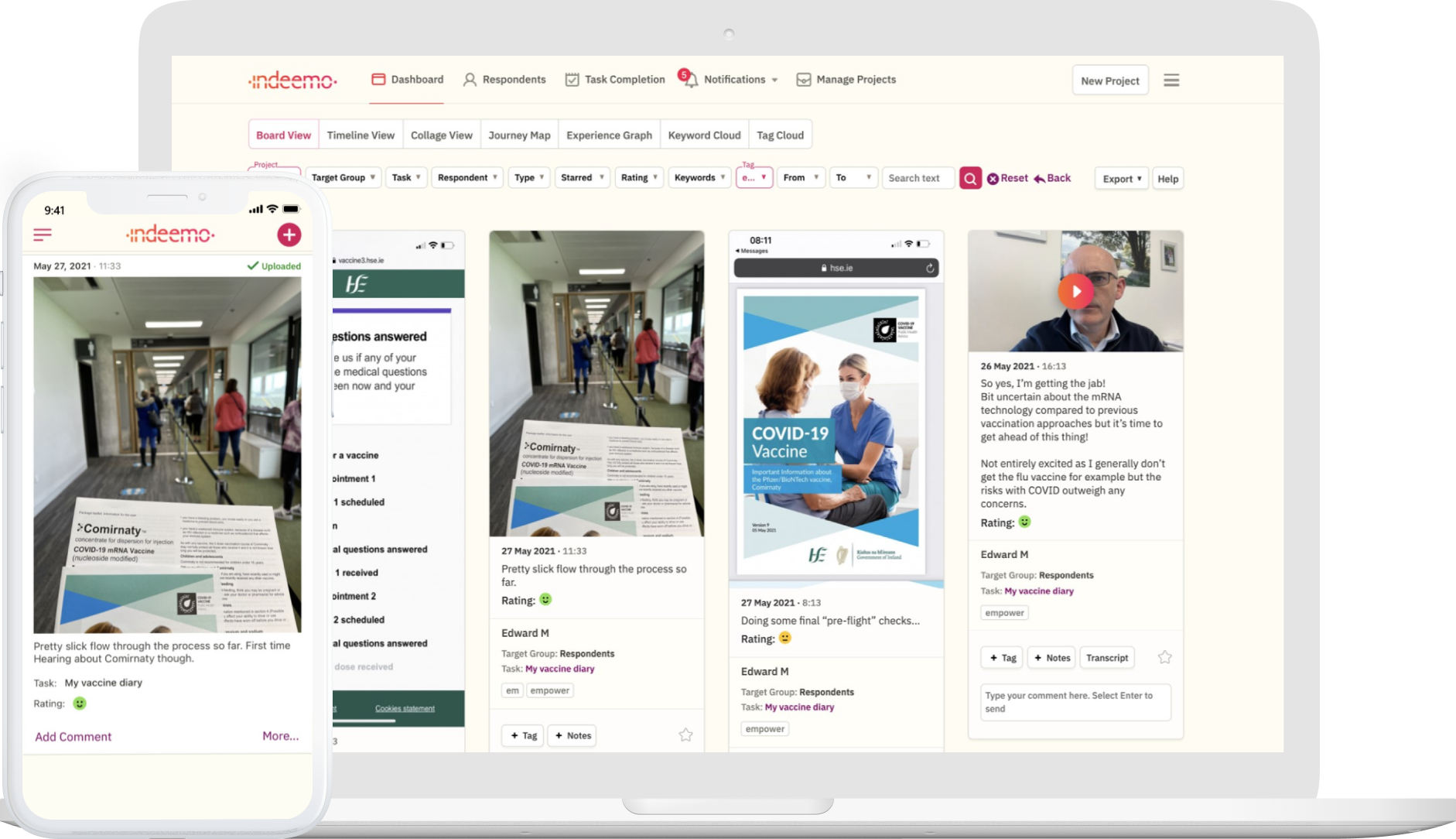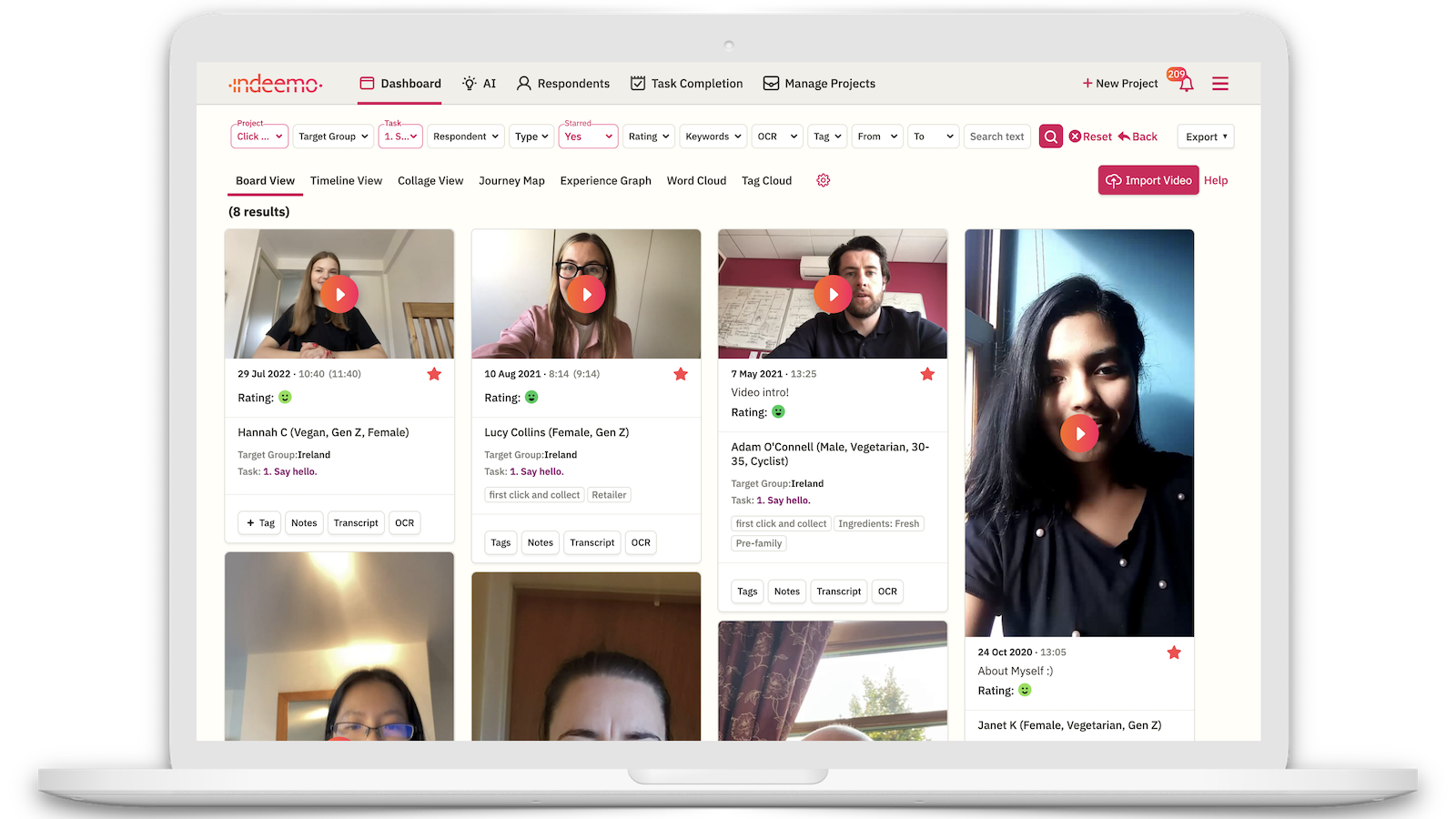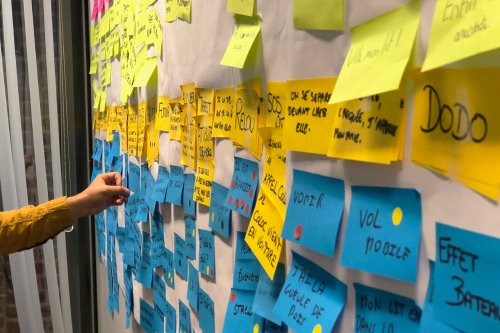The value and importance of a patient diary in healthcare research is something we feel strongly about. This guide will give you an insight into the ins and out of patient diaries in the context of qualitative healthcare research and patient experience.
What is a Patient Diary?
Relative to qualitative health research, a patient diary refers to the thoughts, feelings, and experiences described and documented by patients. A patient diary can be used to capture everything a patient experiences during their treatment, post treatment, and how they feel outside and inside of a hospital setting. There are variations of a patient diary that target specific areas of the patient experience. A symptom diary is commonly applied to healthcare research that focuses on the documentation of patient symptoms. A symptom diary can be captured by either the caregiver, healthcare professional, or the patient themselves. ICU diaries are used by caregivers working in intensive care where ICU patients need to be frequently monitored.
In the context of qualitative health research, a patient diary study can be used to positively impact patient care and patient-centred design. The objective of a patient diary study often follows the principles of ethnographic research. A patient is given the tools to describe how they experience various interactions with the healthcare system. Patients are provided with tasks and encouraged to document their feelings, symptoms, and behaviours at home when managing ailments and in-home treatments. The value provides researchers and healthcare professionals with rich contextual data about the patient experience. The richness of the insights derived from a patient diary study is leveraged to implement change across some or all areas of patient care. Our interaction with qualitative researchers in the healthcare space provides us with the opportunity to help you conduct a patient diary study.
How to conduct a Patient Diary Study
In this how to guide, there are a number of elements to consider that will be central to the success of your patient diary study. First, let's consider the research objective.
Clarify your research objective
Identifying a research objective will help you define the scope of your project. In the context of patient experience, the research objective should be narrow with an exploratory element. This allows you to adopt a patient diary methodology. When you are faced with unknowns that are central to the patient experience, an exploratory research approach will leverage the qualitative nature of a patient diary.
Patient Diary Study design
A patient diary study will move you away from traditional quantitative methods, like patient feedback or patient satisfaction surveys. Consider the key insights you require to implement change, such as improvements to patient flow management for example. Your patient diary study design will often be directed by the objective. Through the objective and research questions you need to answer, you will be able to identify the timeframe required. It is possible, a longitudinal approach may be required. You and your research team should be able to identify the key moments that need to be captured and when. For example, your patient diary might involve participants (patients), to make diary entries at certain times of the day.
Alternatively, research participants may be required to make diary entries when a certain event occurs. For example, each time a patient feels discomfort, or each time they are due medication or treatment your patients can describe what they feel, who is with them, and where they are when this event occurs. Lastly, your patient diary study might ask research participants to reflect on their experiences at the end of the day. The key here is to design your patient diary study that will give you the best insights.
Patient diary recruitment
Recruiting participants for any study can be tricky. At times it can take a lot to get participants to buy into your research. For qualitative health research, it can be easier to recruit patients as research participants. With or without the use of incentives, patients can often be forthcoming wanting to contribute to research knowing their insights will be used for improvements to patient care. It is important to communicate with your patients and outline exactly what is being asked of them. Whilst a patient diary study is one of the richest forms of qualitative data gathering, patients are often asked to open up and show you their world. It is important that this cohort of research participants are provided with all information needed about your study - the level of commitment, the type of data needed, and the openness required.
Further reading
What is Patient Journey Mapping?Be Patient-Centric
A patient-centric approach to your research is essential to the quality of insights you obtain. The idea of a patient diary is to provide you with contextual data, and diary entries should be captured in the moment as behaviours, feelings, and experiences occur. A patient diary study can be fully exploratory. This will give your research participants the opportunity to be fully open with you. Unlike face-to-face interviews, or focus groups, that are often conducted in a controlled environment - a patient diary study is conducted in your participants' natural environment. Patients should be encouraged to capture various components of their lives that positively or negatively impact their day-to-day experiences.
Integrating a Patient Diary Study into a Multi-Method Framework
While patient diaries offer rich, contextual insights into patient experiences, their full potential is unleashed when integrated into a broader, multi-method research approach. This method combines the intimate, detailed accounts from patient diaries with other qualitative research techniques, such as in-depth interviews or focus groups. This synergy allows healthcare researchers to not only capture real-time experiences of patients but also to explore these experiences more deeply in subsequent research phases.
Leveraging Diary Insights for Deeper Exploration in Follow-Up Research
The authentic and spontaneous reflections captured in patient diaries serve as a valuable foundation for subsequent interviews and focus groups. Researchers can use these diary entries to guide and inform more detailed discussions, delving into specific aspects of the patient experience that emerged in the diaries. This approach facilitates a more comprehensive exploration of patient behaviors, attitudes, and needs, enriching the overall understanding of patient care dynamics.
Enhancing Research Integration with Indeemo’s Video Import Capability
Indeemo’s innovative video import feature significantly streamlines the integration of patient diaries with other research methods. This feature enables researchers to seamlessly upload, transcribe, and store data from follow-up interviews and focus groups alongside patient diary entries. By centralising all patient data on the Indeemo platform, researchers gain a unified view of their research, making data management and analysis more efficient and effective.
Comprehensive Data Analysis with Indeemo’s Generative AI
Indeemo’s platform brings an added dimension to patient experience research with its advanced generative AI capabilities. This AI-powered tool is adept at analyzing diverse data sets, including transcribed interviews, focus group discussions, and patient diary entries. It can perform complex tasks such as sentiment analysis, thematic identification, and trend analysis. This level of detail helps researchers to uncover underlying patterns and correlations, offering a deeper understanding of the patient experience.
Incorporating patient diaries into a multi-method research strategy, complemented by the advanced features of Indeemo’s platform, marks a significant advancement in healthcare research. This approach ensures a comprehensive exploration of patient experiences, combining the immediacy of diary entries with the depth of interviews and focus groups. By embracing this integrated strategy, healthcare researchers and providers can gain a deeper understanding of patient needs, leading to enhanced patient care and improved health outcomes.
What are the benefits of Patient Diaries?
The importance of a patient diary study resulting from this type of qualitative research is that emerging insights directly inform patient-centred design and patient care. The benefits of a patient diary study can often overcome the limitations of patient satisfaction surveys.
Contextual Insights
A patient diary study aims to uncover insights of the patient experience. These insights are often unknown to healthcare professionals and caregivers. When your patients are given the opportunity to open up and show you their experiences as they occur, this is incredibly powerful. Why? Not every patient experience will be the same. The variations of patient experience will begin to emerge. Context and environmental factors play a central role in the insights that you will uncover. In-home patient experiences can vary significantly to hospital experiences.
Great alternative to Patient Feedback Surveys
Patient feedback and patient satisfaction surveys can capture the universal thoughts and feelings of patients. However, the why and how are often overlooked. A patient diary study can be used as an alternative or a prerequisite to patient satisfaction surveys. More so, the insights derived from a patient diary study can be used to complement the design of future quantitative studies. Exploratory research will allow you to hypothesise and generate new research objectives to test with a larger audience sample.
Cost Effective
There are two main reasons why a patient diary study is cost effective. First, this type of qualitative health research needs only to focus on a small sample of research participants. In many cases, one research participant can provide you and your research team with diary entries containing various forms of media - photo, video, text, and mobile screen recordings. Contextual insights often emerge from the visual component to a patient diary study if implemented. Cost savings occur when you do not need to dedicate too much time recruiting a large sample of research participants.
Additionally, incentives are reduced significantly when you are only recruiting 6-10 participants for your project. Cost savings can also be seen long after your research. Process improvements and improvements to patient outcomes are driven by insights. These insights are usually continuously leveraged. The qualitative nature of a patient diary study will help you implement new patient-centred initiatives. For example, patient flow management can be improved upon and this will positively impact the patient experience, with cost savings resulting from process improvements.
Patient retention
Because a patient diary study can directly inform patient-centred design with the goal of improving on patient outcomes - this type of qualitative health research can improve on patient retention. Healthcare providers often battle maintaining good patient retention. One bad patient experience can result in a patient seeking treatment with a different healthcare provider. A patient diary study will bring you closer to your patients. Empathy in healthcare is central to patient experience. Every moment captured and documented throughout the duration of your patient diary study will help you and your team build patient empathy. The ripple effect of this will impact actions that will have positive implications for patient experience initiatives. You should begin to see improvements to patient retention as a result of the actions taken by patient diary insights.
Patient Diary Study tools
Traditionally, tools for any diary study involved pen and paper. In this digital age mobile technology is being harnessed to improve upon the richness and effectiveness of diary studies. Particularly, smartphones and mobile apps for qualitative health research have begun to see increases in rich insights. The use of video diaries gives another meaning to context-driven insights. Research participants can record their experiences in their own natural environment. Photovoice diary entries provide further context and leverage the use of imagery that complement a patient diary. Digital health and the increasing digitisation of booking appointments sees mobile screen recording leveraged to understand the digital patient experience. Of course, mobile apps leveraged for a patient diary result in the seamless processing and analysis of qualitative data.
The Indeemo platform utilises all the functionalities required for effective patient diary studies. Patients and researchers are connected privately. Researchers can see each diary entry uploaded to a central researcher dashboard. With the use of push notifications, the researcher can follow up with participants. This affords a rich dialogue between the researcher and participant. The patient diary capabilities of Indeemo can help you become a patient-centred organisation with context underpinning insights driven change and improvement to patient care.









